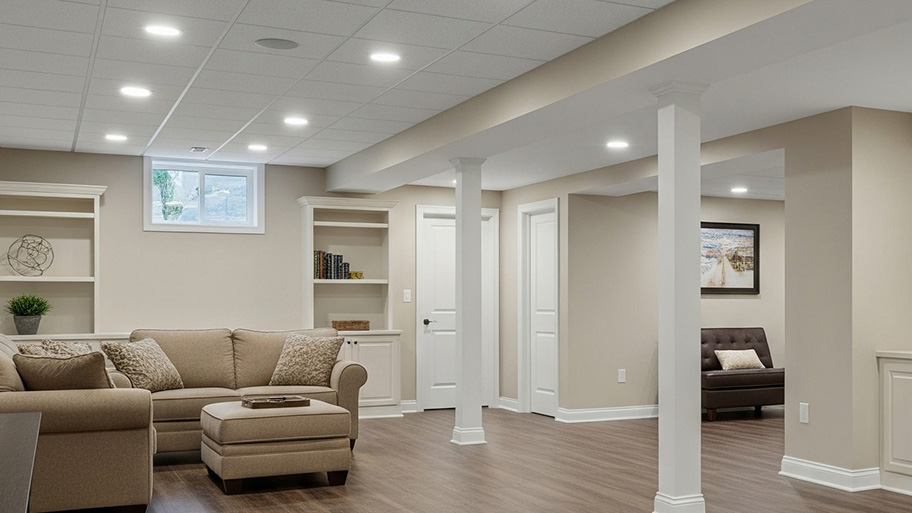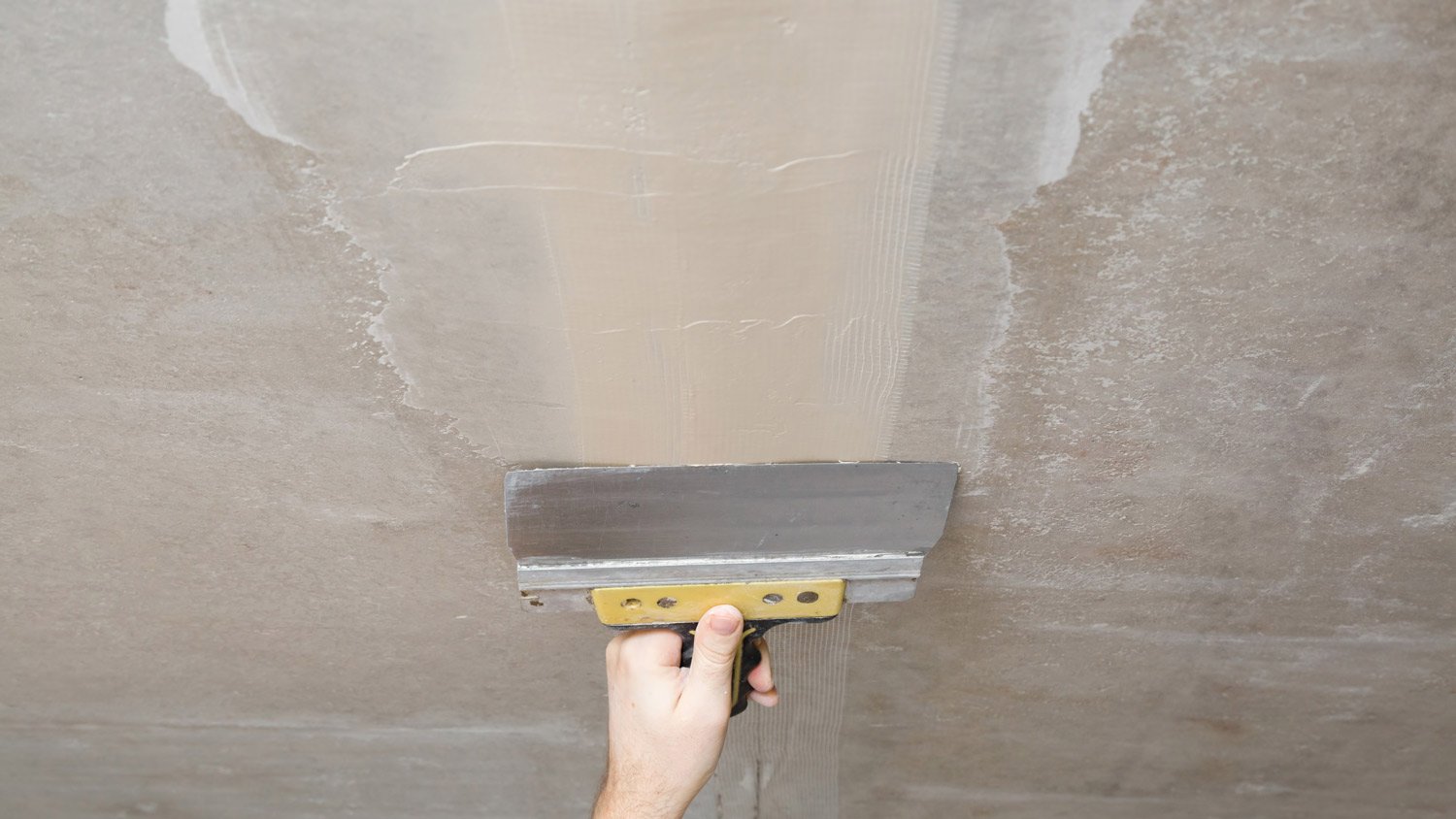
The eye-catching character of a coffered ceiling can really set your room design apart. This guide breaks down coffered ceiling costs to help you budget.
Don’t be afraid to popcorn questions with your pro


Known for its bumpy surface, popcorn (also known as stipple) ceilings are sprayed-on applications of paint combined with other materials such as Styrofoam and vermiculite. They were a popular design choice in the ‘70s and ‘80s, but today, popcorn ceilings require professional work, most often in the form of removal in favor of a smoother, more customized surface. Sometimes they contain asbestos, which requires dedicated processes to remove. If you’re contacting a pro, here are popcorn ceiling questions you can expect.
Your popcorn ceiling pro will want to know your timeline and whether you can accommodate their current schedule. Remember that installers and remodelers are often booked weeks or months in advance, so flexibility helps.
Popcorn ceiling work typically falls into four categories:
Application: Pros can spray a new layer of “popcorn” material onto ceilings without it.
Re-application: Popcorn ceilings can age and stain with time, so some homeowners want to re-apply it for a new look.
Removal: Many homeowners may want to strip away popcorn ceilings entirely, and may ask the same contractor to replace it with something else. Popcorn ceiling removal costs about $2,000 on average.
Cleaning: Homeowners may opt for a professional cleaning of older popcorn ceilings rather than applying a new surface.
The materials and labor involved in this project depend on the square feet of your ceiling. Your pro will want an estimate of the space or a description of the rooms. They’ll also want to know how high your ceilings are and if they have any unusual designs, which are significant factors in the labor involved.
Older popcorn ceilings are one of the most infamous sources of asbestos. Removing asbestos improperly can scatter it into the air, where it can cause lung cancer. Therefore, meticulous procedures and mandatory certification are required.
Asbestos was officially banned in 1978, but some builders kept using it for a while longer. If your popcorn ceiling dates back to around 1980, contractors will want to test for asbestos before proceeding.
If contractors believe that your popcorn ceiling contains asbestos, this question will follow. The first option is to remove the popcorn layer entirely so you never have to worry about it again. This requires asbestos removal credentials and a special procedure to seal the room, carefully grind away the ceiling layer, and vacuum the dust.
The second option is covering the ceiling, known as encapsulation. Here, contractors apply a new layer of certified encapsulating material to the ceiling, giving it a new look. While it’s not a permanent solution, encapsulation can last many years before needing attention again.
Hand-textured ceilings are similar to popcorn ceilings, but contractors apply the layer manually instead of spraying it. This allows them to make swirls and other designs to enhance the look of the ceiling, although it is more expensive.
Painting is a common add-on when installing a new ceiling. The cost to paint a ceiling averages around $250.
From average costs to expert advice, get all the answers you need to get your job done.

The eye-catching character of a coffered ceiling can really set your room design apart. This guide breaks down coffered ceiling costs to help you budget.

Popcorn ceiling removal costs depend on the size of your ceiling and any additional services like asbestos removal and resurfacing. Learn all the costs here.

Drop ceilings are an affordable way to finish your room while maintaining access to utilities. Use this drop ceiling cost guide to estimate your project total.

Tired of looking at the crack down the wall? Plaster can be tricky to work with, but you can learn how to fix cracks in plaster walls with this guide.

Hairline cracks and spiderweb cracks are just two of many types of ceiling cracks. Read this guide to learn which ceiling cracks are serious and need repairs.

Patching plaster walls involves steps that need to be followed closely. If you’re a handy DIYer, you can follow these steps to learn how to patch plaster walls yourself.